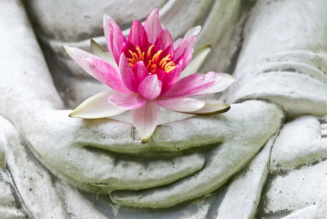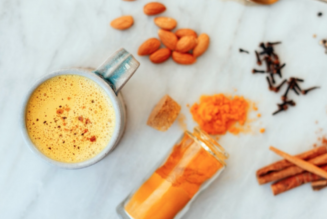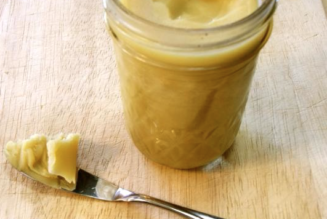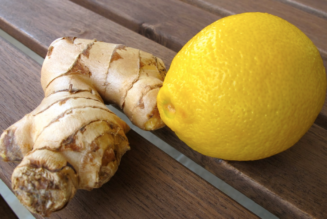Ayurvedic Autumn Tips
According to Ayurveda, the transition between two seasons is considered a time to be most careful in order to remain balanced. That said, if you’re feeling a little unbalanced about now, know that it’s not just you, but instead, is the rhythm of life. Let us therefore consider some simple ways to help remain balanced while transitioning into Autumn.
Autumn = Increase In Vata
Modern culture often leaves us “vata-aggravated”. One moment we are in front of a computer screen, the next moment on the phone and a moment later driving to work for another day of hustle-bustle. All this, according to Ayurveda is vata provoking. When we think of vata we should think of motion. Very simply, we can think of vata as being all that drives activity and movement within the body. For example, all the nerve impulses of the nervous system, the movement of circulation, the driving force of respiration are all under the control of vata. So what happens when vata becomes aggravated? The mind becomes less focused, thoughts become increasingly scattered, and we even become more vulnerable to respiratory conditions along with stress, worry and anxiety.
Vata Season – Requires Grounding & Warmth
Increased vata can have both good and disrupting effects. For example, increased energy and a sense of liveliness and vitality often are some of vata’s best qualities. Likewise, vata can flan the flame of the digestive fire [AGNI] which explains having an increased appetite and hunger during autumn and winter seasons. However, if vata is aggravated for a prolonged period of time it can lead to further conditions which often express themselves later [i.e. during winter season]. Conditions such oversensitivity to cold, frequent respiratory infections, excessive dry skin, insomnia and even anxiety and worry are all thought to occur due to prolonged affects of vata.
Hat – Scarf – Mittens
It is important to maintain the warmth that the body naturally creates by keeping well-wrapped and keeping the head and neck covered particularly on windy, cold and rainy days. Since the air is generally more dry during autumn and central heating can become further drying it is advised to consider a humidifier to help provide added moisture while still keeping indoor rooms comfortably warm. Further stressing the importance of maintaining warmth, we should favor warm, well-cooked meals.
How to Make Authentic Masala Chai
Ingredients
1 knot of ginger
6 mint leaves
2 cloves
8 cardamom pods
1 small piece of cinnamon
1-2 teaspoons of black tea (Assam tea is best for this)
Liquids
2 cups of water
3/4 of a cup of milk
Equipment
Saucepan
Knife and chopping board
Smashing implement (mortar & pestle / meat mallet / jackhammer)
Tea strainer / sieve capable of withstanding boiling liquids
~STEWED APPLES RECIPE~
Ingredients
– 1 whole fresh, sweet apple, cored and peeled
– 5 whole cloves
– ¼ cup of purified water
Directions
- Dice apple into small pieces. Add cloves, apple and water in a covered pot.
- Cook apple in ¼ cup of water until it is soft.
- Discard the cloves, cool slightly, and enjoy.
Other Seasonal Considerations For Autumn:
– eat warming, soothing, and easily digestible meals
– eat foods which are primarily sweet, sour and salty in taste
– drink warming herbal teas such as ginger, cinnamon and cardamom tea
– keep warm and stay out of strong winds
– do regular yoga, meditation, and pranayama breathing exercises
Want More?
Click Here: 5 Ayurveda Tips For Transitioning Into Fall Season
Photo Credit: Stephen Johnson



![Female Health: Amenorrhea [cessation of menses] – An Ayurvedic Perspective](https://healthyayurveda.com/wp-content/uploads/2015/07/1.-Amenorhea--327x219.png)




